Applications
Digital transformation. It’s the buzzword that’s on the mind of every technology professional as companies across all industries look to modernize their tech habits, because in this increasingly digitized world, every company is a tech company.
Cloud, mobile, and big data technologies are already forcing organizations across every vertical to adapt, and that’s just the beginning. Emerging technologies in the form of AI, machine learning, Internet of Things (IoT), and blockchain are further causing disruption.
With more than 80% of enterprises still in the early stages of digital innovation, the time is now to tap into this accelerated change of pace. Old infrastructure and the traditional ways of building apps are becoming growth inhibitors for enterprises and small and mid-sized businesses.
Companies need rapid innovation to rollout new business models, optimize business processes, and respond to new regulations. And business leaders and employees are demanding this agility – everyone wants to be able to connect to their Line of Business (LOB) systems through mobile devices or remotely in a secure and efficient manner, no matter how old or new these systems are.
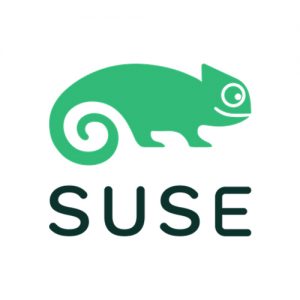
We help accelerate their digital transformation using the industry’s most innovative cloud native platforms. Build, secure, and manage your enterprise grade applications from core to cloud & to edge.
As enterprise applications become more complex, development and operations teams need a tool to orchestrate that complexity.
Products : Rancher; Harvester; NeuVector; Longhorn
SUSE Rancher addresses the operational and security challenges of managing multiple Kubernetes clusters across any infrastructure. It also provides DevOps teams with integrated tools for running containerized workloads.
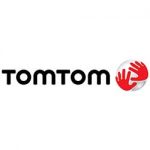
TomTom N.V. is a Dutch multinational developer,. founded in 1991 and headquartered in Amsterdam. Tom Tom is mapmakers, providing geolocation technology for drivers, carmakers, enterprises and developers.
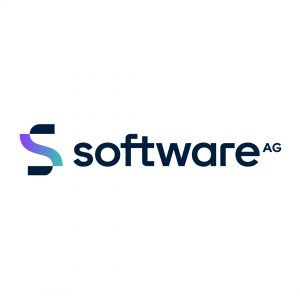
Having established more than 50 years in Germany, SofttwareAG offers industry-leading suite of products across integration & API management, IoT & analytics and business transformation.
Easily unlock the value of API Management with a guided tour through your first API management project. From concept through design to implementation, you will build a minimal viable product (MVP) that demonstrates an end-to-end API implementation.
An IoT data lake is a way for you to store your IoT data over time. Later, you can access your IoT data for historical analytics. Offloading to an IoT data lake enables you to build and retain experiences with data, store data cost effectively, and use that data without impacting the performance of your IoT solution.
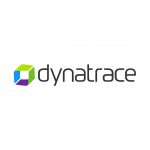
From application and infrastructure monitoring to digital experience and application security, we leverage purpose-built data and AI technologies across the full stack to simplify cloud operations, automate DevSecOps, and help organizations do more with less in the cloud.
Our technologies work together to understand your ecosystem and deliver precise answers through explainable, causation-based AI, with automatic discovery and topology mapping across billions of dependencies.
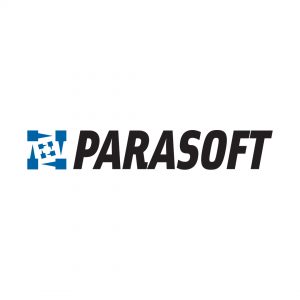
Parasoft solutions and products have helped many companies and agencies in developing security and stability during software development. Our goal is to help you improve software testing automatically at a higher level and different from others.
Parasoft DTP aggregates the results from across testing practices, providing intelligent and continuous monitoring of the testing outcomes for greater visibility into what is working.
Anchored in artificial intelligence (AI) and machine learning (ML), Parasoft SOAtest simplifies the complexity of functional testing across APIs, UIs, databases, and more. Change management systems continuously monitor quality for Agile DevOps environments.
Reduce the risk of C# and .NET code with Parasoft dotTEST. Deep automated code analysis and traceability help you efficiently achieve compliance with security and safety-critical standards.
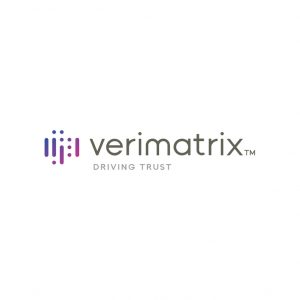
Verimatrix App Shield is an award-winning cloud service relied upon by mobile app developers
worldwide. With no code changes required, developers simply upload their final app for protection and receive a secured version back, ready to publish to the app stores. It’s that simple.
Verimatrix helps power the modern connected world with security made for people. We protect digital content, applications, and devices with intuitive, people-centered and frictionless security. Leading brands turn to Verimatrix to secure everything from premium movies and live streaming sports, to sensitive financial and healthcare data, to mission-critical mobile applications. We enable the trusted connections our customers depend on to deliver compelling content and experiences to millions of consumers around the world. Verimatrix helps partners get to market faster, scale easily, protect valuable revenue streams, and win new business.
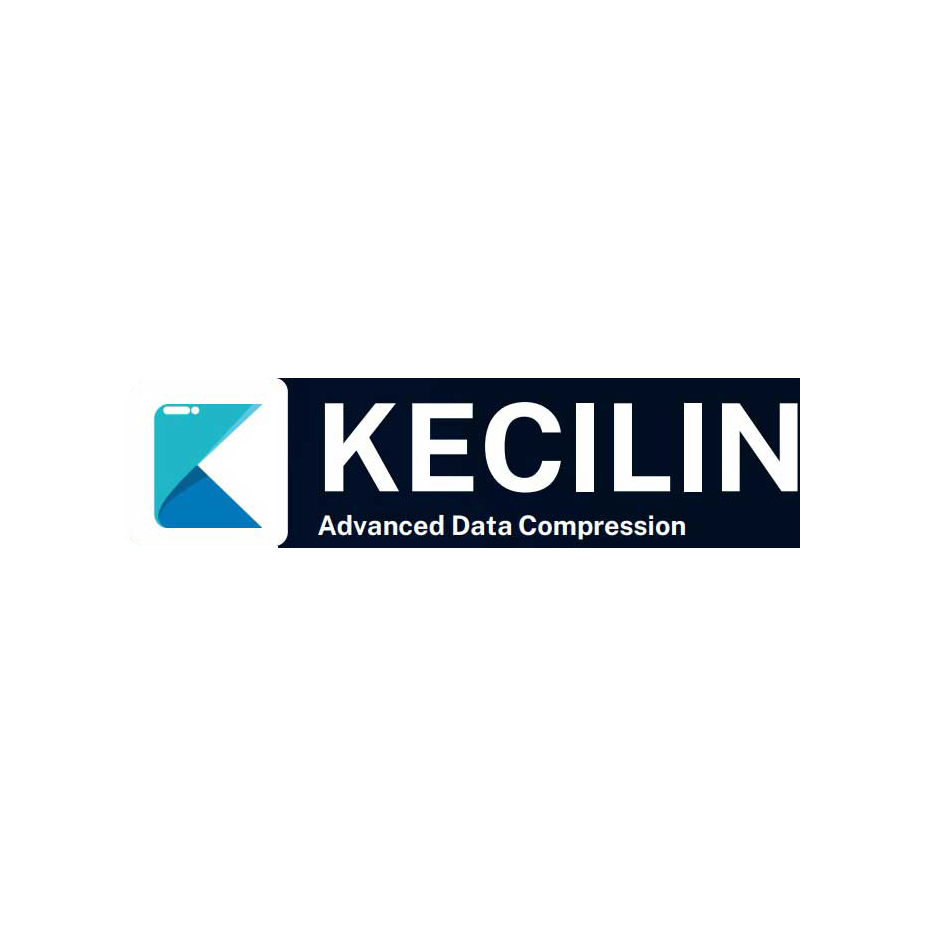
Kecilin is a 100% Indonesian apps providing advance compression engine for enterprise solution:
Reducing the size of CCTV video recording, Data optimizer, Cloud compression Internet accelerator.
Founded in 2018, Kecilin is the leading Compression Tech Startup that provides a compression technology that is smooth, efficient and applicable to modern technology models , Compress Text, Documents, Image and Video in both static and real time.
Without changing resolution, Without reducing quality, Without changing file extension. Compress formatted file like mp4, jpg, pdf etc and still maintaining quality, resolution & format. Automatic Compress all kind of file instantly in certain time or condition ie: Auto Backup. Real time compression for Video stream like CCTV with RTSP, IPTV & Video Call, etc. Intercept TCP data Packet in the middle and compress and re send in realtime. Compress all data from cloud to cloud and local to cloud automatically at the specified time.

Proactively secure your environment from API security vulnerabilities, misconfigurations, and design flaws. Protect APIs from attacks in real-time with automated detection and response.
With the number of APIs skyrocketing, companies are facing increasing challenges when it comes to security. Either there aren’t enough people who know how to test APIs, the number of APIs are growing faster than the team can keep up with, or the existing security tools lack adequate coverage. Any one of these three scenarios can spell disaster for your environment.
Prevent attacks in real-time use automated AI and ML-based detection to identify API vulnerabilities, including data leakage, data tampering, data policy violations, suspicious behavior, and API security attacks.

Trusted by local and multinational companies in digitizing their product distribution. Now is your time to accelerate your business expansion with us. We provide the best solution to solve companies’ biggest challenge in the distribution chain and operational system with modern technology.
Say goodbye to manual distribution process. Start switching your distribution network management to automated system. With the ease of usage, Advotics will address the needs from multiple distribution layers. Our systems help you make data-driven decisions & capture field activities to grow your business performance.
we have more than 70 clients from various industries, ranging from FMCG, construction & building, automotive, and several other industries. For our solution and implementation, we have received several awards, such as the Global Best Practice Award from Danone Global, Indonesian Representative at G20 Innovation League, Supply Chain Tech Partner for Federal Oil, and Supply Chain Ideation Lab & Fast Forward Tech Partner for Philip Morris Sampoerna.
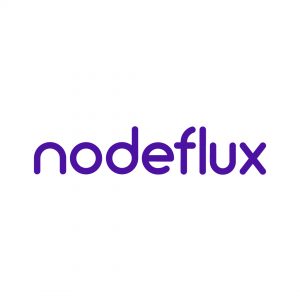
Nodeflux is an Indonesian vision AI company based in Jakarta. Established in 2016 as a Big Data startup, Nodeflux core focus is developing deep learning computer vision to provide Intelligent Video Analytics solutions, toward complex issues faced by multi sectoral industries and modern society.
Nodeflux powered by Computer Vision AI technology that provides a persistent, intelligent and automated solution to monitor and analyze massive amounts of image data. Our patented AI technology utilizes unstructured data generated by image-acquiring devices to generate structured data which is used by our clients to make data-driven policies and insights.
The world’s first in-store execution tracker with both manual audit capabilities and image recognition powered by artificial intelligence. Using Retailmatix, principle can understand how their products look, perform and compete on the shelf.











Kontennya bagus kak